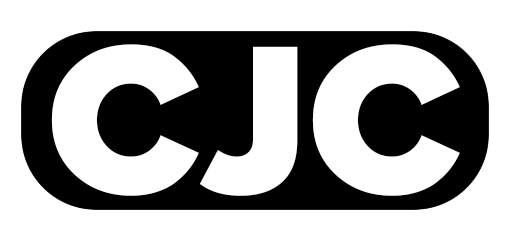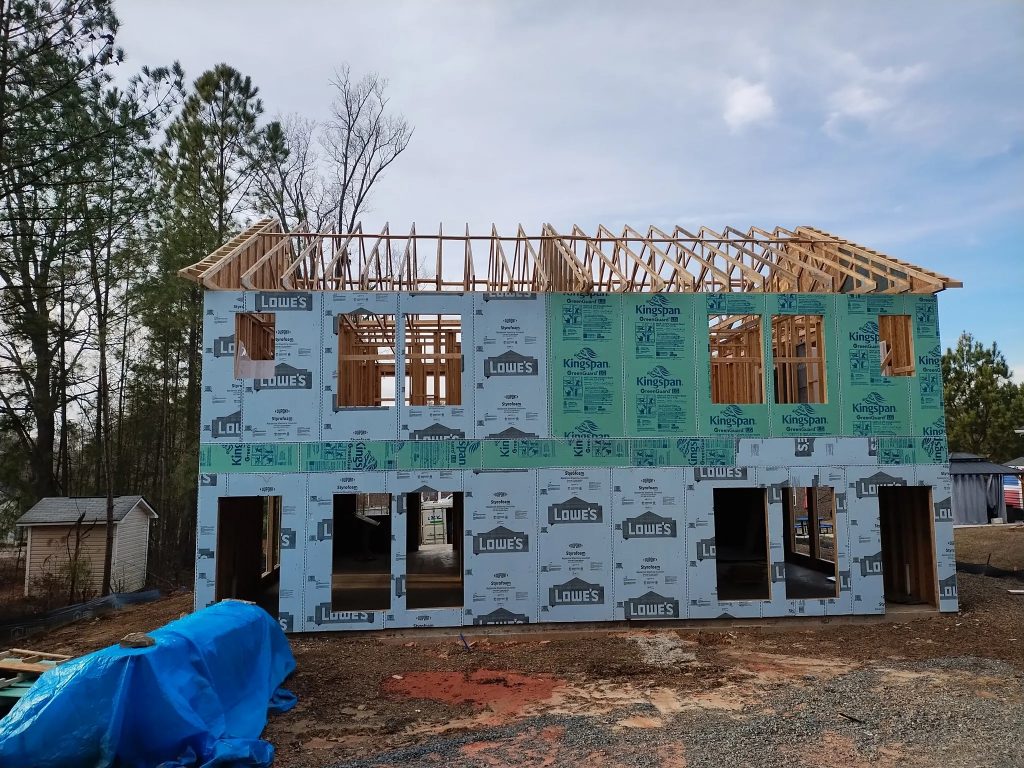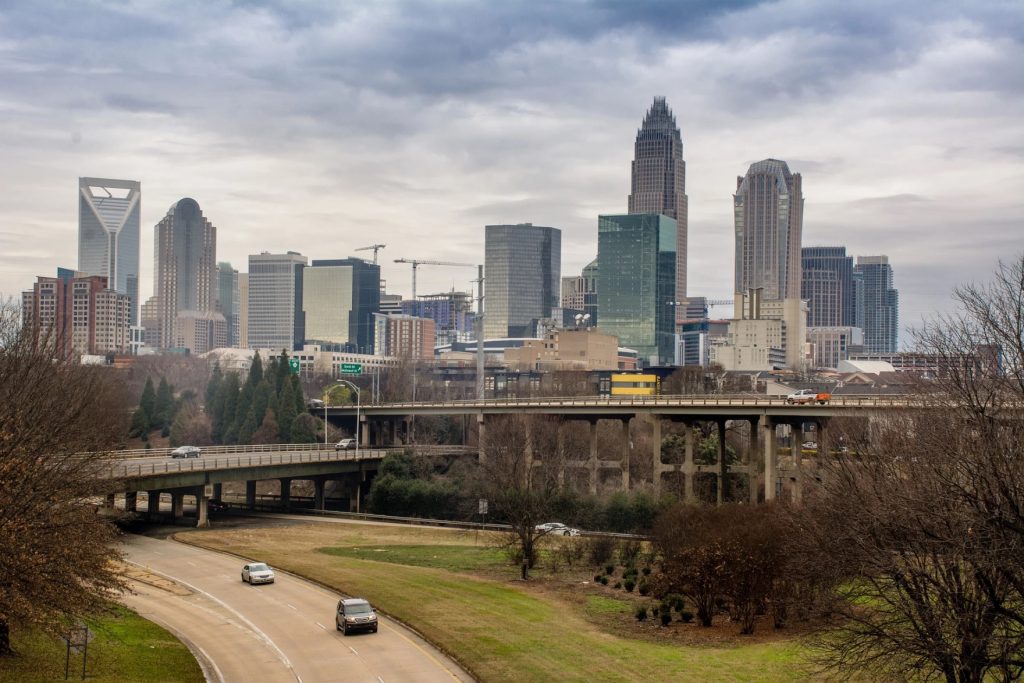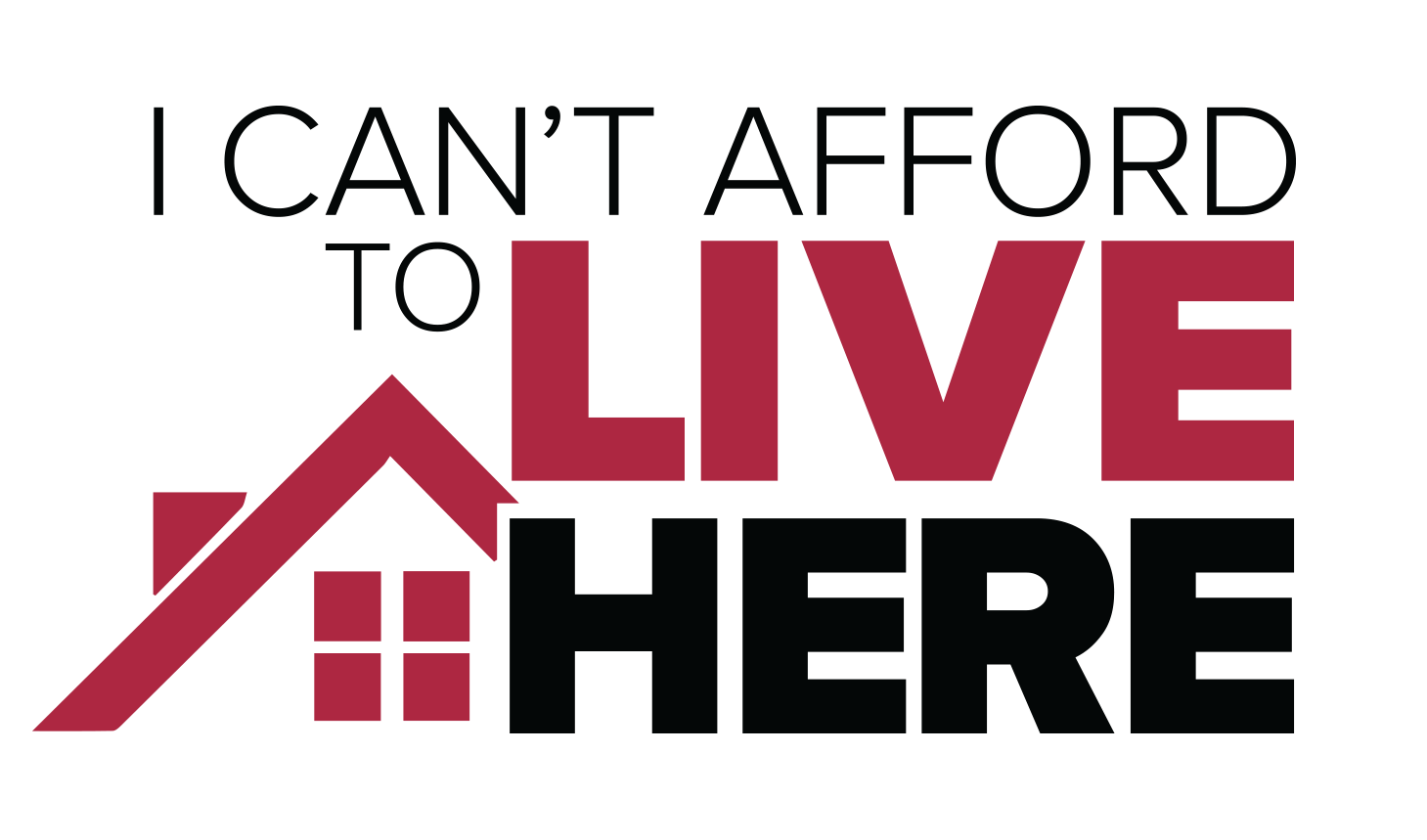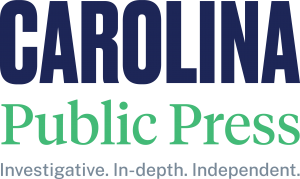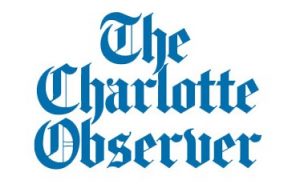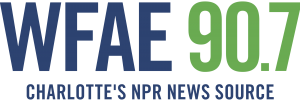BY DAVID AARON MOORE
MAY 31, 2019
Charlotte native Bill Little rented this shotgun apartment (upper right) on Tremont Avenue in Dilworth in the 1980s. (Photo Credit: David Aaron Moore)
There have been times when I’ve had friends visit and they invariably ask, “Where’s Charlotte’s gay neighborhood?”
These days, that generally leaves me scratching my head.
In modern-day Charlotte, it’s not uncommon to find gay-owned businesses and residents all around town. Fact of the matter is, Charlotte’s a pretty gay place. Between Atlanta and Washington, D.C., the city has the region’s largest gay population.
There are substantial concentrations of LGBTQ folk living in neighborhoods like Plaza-Midwood, Dilworth, NoDa, Elizabeth, Uptown, South End, Myers Park, Sedgefield, Wesley Heights and others, but there is no one area that is recognized as the heart of Charlotte’s gay community.
For the most part, all of the aforementioned neighborhoods require a fairly substantial income for purchasing a home, and, more often than not, especially when looking for a rental residence. There are many reasons for this, but the largest challenge is economic.
Ever increasing costs of residential spaces, utility services and property taxes, along with a never increasing minimum wage, have made in-town living out of reach for a large portion of the LGBTQ community.
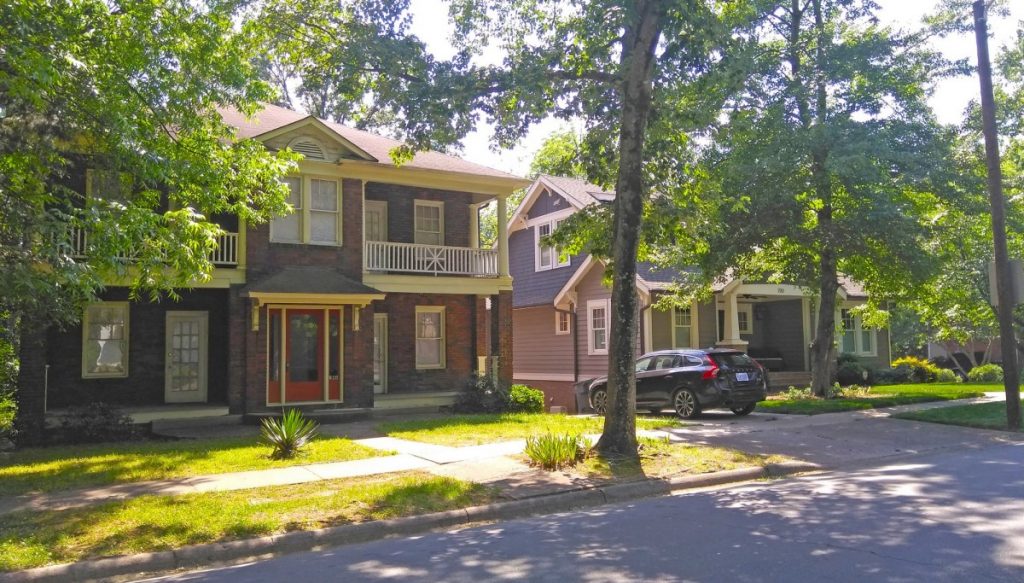
Charlotte native Bill Little rented this shotgun apartment (upper right) on Tremont Avenue in Dilworth in the 1980s. (Photo Credit: David Aaron Moore)
But it wasn’t always like this.
As early as the mid 1970s, and continuing up until as late as the early 1990s, Charlotte’s Dilworth neighborhood served as the Queen City’s most densely populated gay community. And it was affordable: during the 1980s apartments were easily rented for $350 and 1920s Bungalows could be purchased for $50k and sometimes less.
“That is correct,” says Craig Shelton, a Charlotte resident who grew up in the Dilworth neighborhood in the 1970s and 1980s.
“I was just a kid,” he recalls, “but gay people were pretty much everywhere in Dilworth back then.
“I wasn’t able to go out because I wasn’t old enough, but I knew where all the businesses were.”
According to Shelton, he would often sneak out of his family home late at night and go to a nearby restaurant called the White Tower to get a milkshake.
“It was around the same time the bars would be closing down, so lots of drag queens and gay guys would go there after clubs like Oleen’s closed. They knew I was just a kid, but they were friendly, and they would talk to me.”
As a result of those conversations, Shelton got an early education about Dilworth’s gay culture.
“There were multiple clubs and restaurants that were gay and gay-friendly,” he recalled. “The office for The Free Press, which was Charlotte’s first gay publication, was right at the corner of East and West Boulevard, a gay and lesbian gift and book store called Friends of Dorothy was on East Boulevard and there was a gay bath house on South Boulevard.”
Shelton recalled two incidents from the late 1970s that are worthy of mentioning when looking back at Charlotte’s former premier gayborhood.
“The area had become so gay popular,” he remembered, “that one club put up a sign in front of their business that said ‘A Straight Place to Relax!’”
The experience of some of Shelton’s openly gay teenage friends is definitely an example of how the community came together to help members in need and shows just how much Dilworth was Charlotte’s gay central. “These young gay guys would come out to their families, and end up being kicked out of their homes,” he explained. “Some of them were so destitute, they had nowhere to go.”
Shelton recalls stories about many of them finding refuge in the gay bath house Club South, where the owner would actually rent them rooms to live in while searching for more permanent housing.
So what happened to the gay crown of the Queen City? Where did everybody go?
“Back in the ’70s and ’80s gay men were renting apartments in the area so cheaply and snatching up property for next to nothing,” says Bill Little, a Charlotte native who lived in Dilworth for many years and rented an apartment in a 1920s quadraplex on Tremont Ave. “It was a fun place to live.”
According to Little and Shelton, the neighborhood started to change by the early 1990s, as young, upwardly mobile heterosexual couples came to appreciate the historic aspects of the neighborhood, and the beauty of the restored architecture.
“Gay men started to sell their properties,” Little recalls.
“Sometimes they were doubling, and even tripling their money,” Shelton adds.
By the dawn of the millennium, many of the LGBTQ residents who had rented were priced out of Dilworth. Owners who had sold their homes couldn’t afford to return even if they had wanted to. As for younger gay people, unless they were well-monied, the prospect of living in Dilworth was out of the question.

Sadly, what was once the heart of Charlotte’s gay community stopped beating for LGBTQ folk, just as it took on a new life for the city as a whole.
But that wasn’t the death knell for a specific and heavily populated area of queer folk in the Queen City.
Charlotte’s Center City, alternately referred to as Uptown and Downtown over the years, was once home to many old Victorian style homes. Most of those were demolished to make way for high rise business construction by the early 1970s. However, a few apartment buildings from the same period remained in the center city proper and the old Fourth Ward neighborhood, which today is recognized as a proper part of Uptown.
In the heart of the city was Tryon House, a designated historic building with a classic early 20th century façade. As far as rental properties go, the building was and remains an affordable alternative for center city living. Since the 1960s and even today, it has been an immensely popular residential spot for the city’s gay male community. Shelton confirmed that a previous manager of Tryon House, himself gay, made a concerted effort during the time he managed the building to rent apartments out to a specific LGBTQ clientele. The popularity of that building attracted others in the community to the area, which afforded access to mass transportation and a quick traverse to popular gay night spots of the day, such as The Odyssey and the Brass Rail, both located within walking distance at the corner of Tryon and Morehead, and The Scorpio Lounge, a short five minute trip by car to Freedom Dr. Other gay-popular and affordable old apartment buildings nearby in Fourth Ward were The Jefferson and The Fredrick.
The location of the two latter likely served as a springboard for the rejuvenation of Fourth Ward, which is the only remaining center city residential neighborhood that still has 19th and early 20th century homes. In the mid 1980s, “the man that built Charlotte” per Our State Magazine, Hugh McColl, the CEO of what was then known as NCNB (now Bank of America), mounted an effort to bring the old neighborhood back to life.
“Gay men jumped on board and were grabbing up old houses over there like crazy,” Little recalls. In addition to restoration of the older existing homes, many new condos and apartment buildings sprung up in the surrounding area, resulting in an influx of more LGBTQ residents who enjoy the urban lifestyle and the amenities it has to offer. While that is still the case today, the area and the properties are largely out of budget range for young gays and lesbians looking to make a home in the inner city.
In addition to the aforementioned neighborhoods and Charlotte residential spots mentioned here that have been popular with the LGBTQ community of the past, other apartment communities such as The Morningside Apartments and The Martha Washington Apartment Homes once provided affordable accommodations for many gays and lesbians up until the time they were demolished in the early 21st century. Both were in close proximity to the Plaza-Midwood neighborhood (east of Uptown, bordering Central Ave.), which began to grow in popularity with the LGBTQ community in the 1990s and has — like other inner-city neighborhoods — since grown largely out of the price range of younger renters and buyers.
While providing adequate living space for an increasing population is clearly a concern now and in the future, another question remains: how is this achieved affordably?
You can find the original article here: https://goqnotes.com/62984/a-look-at-the-history-of-housing-for-charlottes-lgbtq-community/


